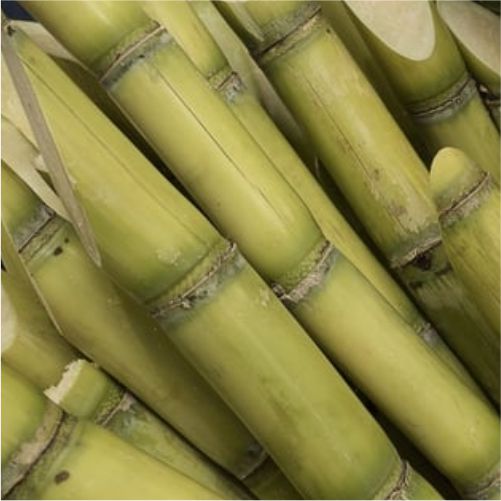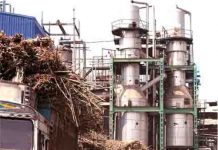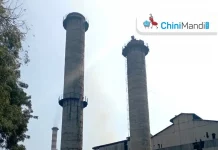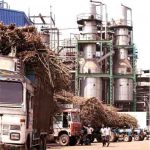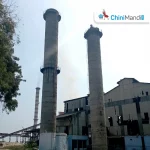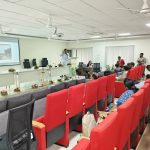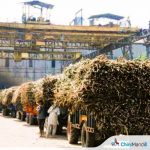Polylactic acid (PLA) is a biodegradable plastic derived from renewable resources like sugarcane, corn starch, or tapioca roots. Unlike traditional plastics made from fossil fuels. The sugar industry grapples with a dilemma—balancing profitability with sustainability. Sugarcane, a valuable crop producing sugar and biofuels, competes with traditional plastic production, contributing to environmental issues. Polylactic acid (PLA), a biodegradable plastic derived from renewable sources like sugarcane, emerges as a solution. Can the sugar industry adopt PLA production, transforming its sweet crops into eco-friendly solutions? This article explores the potential, challenges, and opportunities of integrating PLA production into the sugar industry.
Balrampur’s PLA Project:
Balrampur Chini Mills Ltd takes a significant step towards sustainability with its plan to construct a “state-of-the-art” PLA factory with a global capacity of 75,000 tonnes per annum. Strategic location, raw material advantage, and the appointment of Mr. Stefan Barot as President (Chemicals) underscore Balrampur’s commitment. Overcoming challenges is pivotal for PLA to maximize its impact and contribute to a cleaner planet.
Sugarcane’s potential:
Sugarcane stands as a promising feedstock for PLA production. Leveraging existing infrastructure from sugar mills can simplify and optimize the process, creating a win-win situation for both industries. Sugarcane’s abundance and renewability position it as an ideal feedstock for PLA production.
The sugar industry’s role:
The sugar industry can shape the future of PLA:
Investment: By investing in PLA production facilities and research, the industry can secure a competitive edge and diversify its portfolio.
Partnerships: Collaborating with technology developers and composters can overcome infrastructure barriers, improving PLA product quality.
Advocacy: Promoting PLA benefits can drive demand, enhancing the industry’s environmental and social responsibility.
Sugar Industry: Ready for the sweetness of PLA?
Embracing PLA production requires a higher risk tolerance, long-term vision, and collaboration across the bioplastics value chain.
Steps for sugarcane-based PLA production:
1. Sugar extraction: Extract sugar from sugarcane or molasses, by-products of sugar production.
2. Fermentation: Ferment sugar to produce lactic acid, the main raw material for PLA.
3. Lactic acid purification: Purify and concentrate lactic acid through processes like crystallization.
4. Polymerization: Convert lactic acid into PLA by linking molecules into long chains.
5. Extrusion: Shape PLA into pellets, filaments, or other forms for further processing.
Market potential and advantages of PLA:
The Indian PLA market anticipates growth driven by government regulations and sustainability. Advantages include sustainability and versatility, though challenges like cost-effectiveness and production efficiency must be addressed.
Challenges and future outlook:
Despite PLA’s benefits, challenges like cost-effectiveness and infrastructure development persist. Technological advancements and environmental awareness propel the global PLA market forward.
Leading manufacturers and products:
Indian companies excel in PLA production, offering solutions in food packaging, bio-medical devices, textiles, agriculture, and electronics.
The benefits of PLA:
PLA’s advantages over traditional plastics:
Biodegradability: Reduces plastic waste and environmental impact.
Renewability: Produced from sugarcane, a renewable resource.
FDA-approved: Safe for food contact, ideal for eco-friendly packaging.
Thermoplastic: Versatile for diverse applications.
Challenges and opportunities:
While PLA has benefits, challenges like cost and composting infrastructure exist. Overcoming these hurdles requires technological advancements and increased composting infrastructure.
Conclusion:
PLA, a biodegradable and bio-based polymer, offers a sustainable alternative to traditional plastics. By adopting PLA production, the sugar industry can contribute to economic and environmental benefits, shaping a greener future. Collaboration, innovation, and a shared commitment to sustainability can sweeten the deal for both sugarcane and the PLA industry.
Click here to read the Balrampur Chini Mills update on PLA
Disclaimer: The views and opinions expressed in the article by Dilip Patil, Managing Director of Samarth SSK Ltd., are solely his own.

